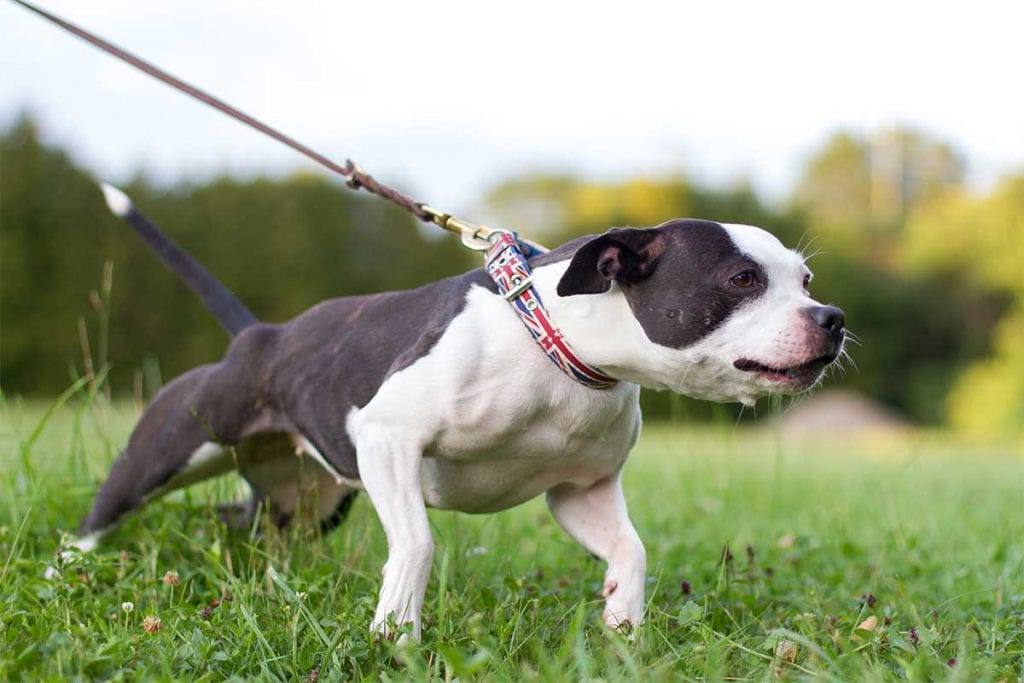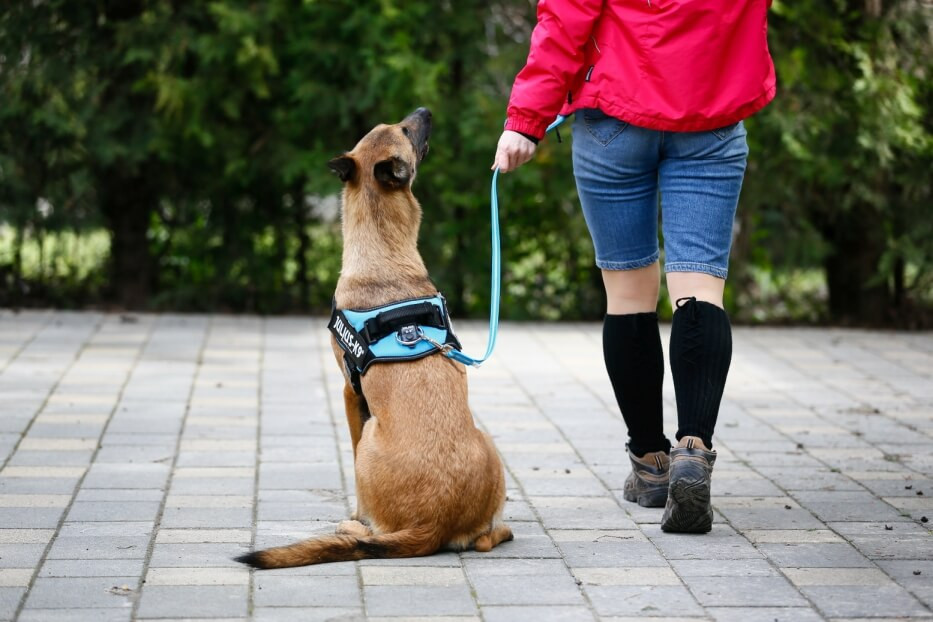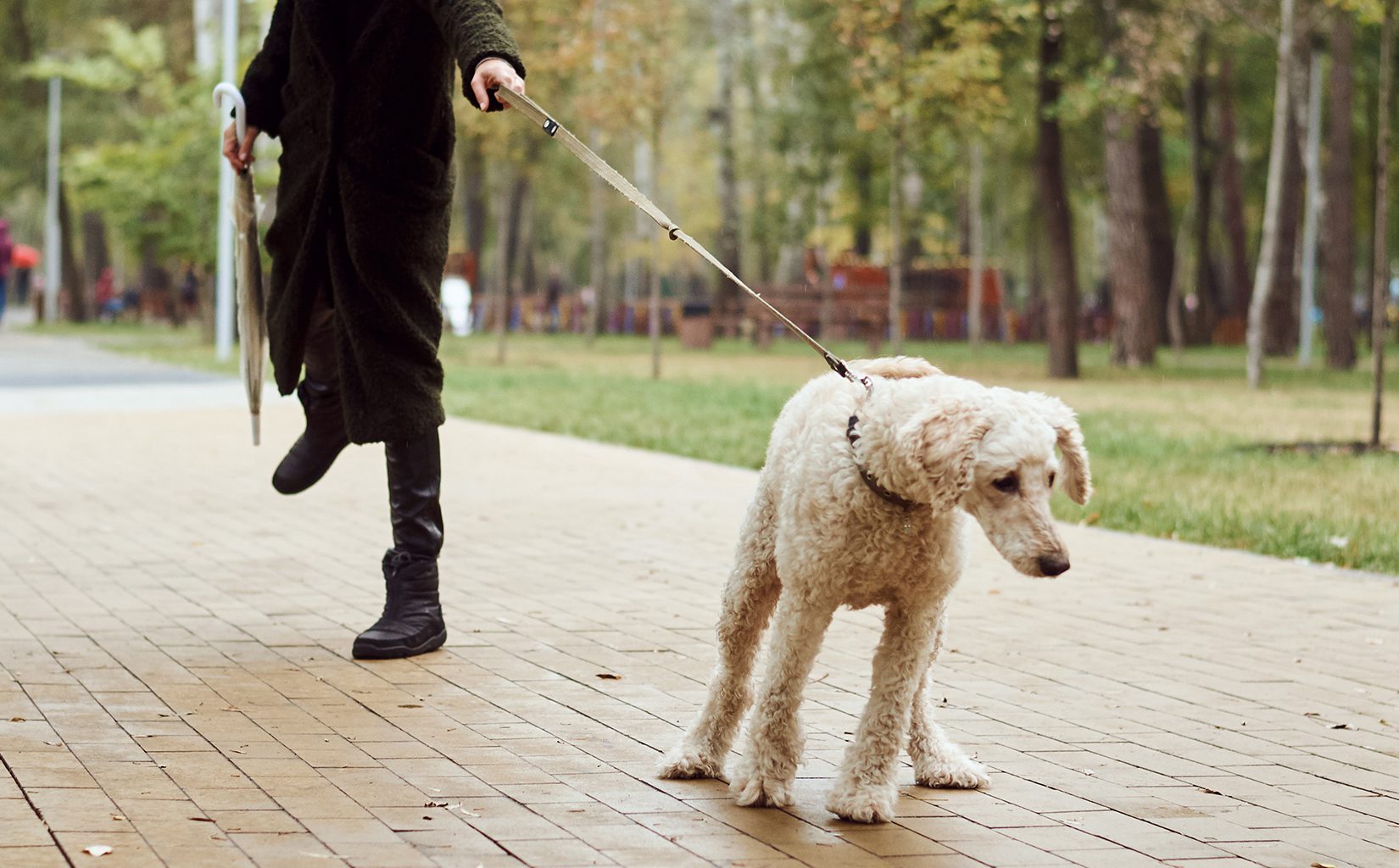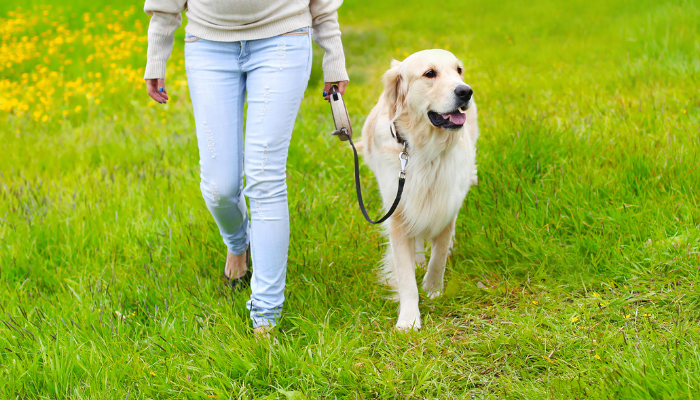Introduction: Understanding the Pulling Phenomenon
Walking your dog should be an enjoyable experience for both you and your furry friend. However, for many dog owners, the constant pulling on the leash can turn a leisurely stroll into a frustrating battle of wills. In this article, we’ll delve into the reasons behind leash pulling and explore effective strategies to help you train your dog to walk calmly by your side.

The Root of the Issue: Why Dogs Pull
Before addressing leash pulling behavior, it’s essential to understand why dogs engage in this behavior in the first place. Pulling on the leash is often a natural instinct for dogs, rooted in their innate curiosity, excitement, or desire to explore their surroundings. Additionally, dogs may pull due to lack of leash training, insufficient exercise, or a need for mental stimulation. By identifying the underlying causes of pulling, you can tailor your training approach to address your dog’s specific needs.

Laying the Foundation: Proper Leash and Equipment
Effective leash training begins with the right tools and equipment. Opt for a sturdy, comfortable leash that provides you with sufficient control without causing discomfort to your dog. Harnesses, particularly front-clip or no-pull harnesses, can also be valuable tools for redirecting pulling behavior by distributing pressure more evenly across your dog’s body. Additionally, consider using treats or toys as positive reinforcement during training sessions to encourage your dog to walk calmly by your side.
Consistency is Key: Establishing Clear Expectations
Consistency is paramount when it comes to leash training. Establish clear expectations from the outset and maintain a firm but gentle approach throughout the training process. Use verbal cues, such as “heel” or “walk nicely,” to communicate your desired behavior to your dog consistently. Be patient and persistent, as leash training may take time, especially for dogs accustomed to pulling. By setting consistent boundaries and reinforcing positive behavior, you can help your dog understand what is expected of them during walks.

Redirecting Attention: Engaging Your Dog’s Focus
One effective strategy for curbing leash pulling is to redirect your dog’s attention away from distractions and back to you. Practice basic obedience commands, such as “sit” or “look at me,” during walks to reinforce your bond with your dog and encourage them to focus on you rather than their surroundings. Additionally, incorporate interactive games or exercises into your walks to keep your dog mentally stimulated and engaged. By providing alternative outlets for your dog’s energy and curiosity, you can help reduce their inclination to pull on the leash.
Positive Reinforcement: Rewarding Desired Behavior
Positive reinforcement is a powerful tool in leash training, as it encourages your dog to associate walking calmly by your side with pleasurable rewards. Whenever your dog exhibits the desired behavior, such as walking without pulling or responding to commands, immediately praise and reward them with treats, verbal praise, or affection. Consistently reinforcing positive behavior reinforces your dog’s understanding of what is expected of them and motivates them to continue exhibiting good leash manners.

Patience and Persistence: Overcoming Challenges
Leash training can be challenging, particularly if your dog has ingrained pulling habits or is easily distracted. However, patience and persistence are key to overcoming these obstacles and achieving long-term success. Remain calm and composed during training sessions, and avoid resorting to punishment or harsh corrections, as these can undermine your dog’s trust and exacerbate pulling behavior. Instead, focus on positive reinforcement, consistency, and gradual progress, celebrating each small victory along the way.
Seeking Professional Help: When to Consult a Trainer
In some cases, leash pulling may persist despite your best efforts at training. If you find yourself struggling to make progress or if your dog’s pulling behavior poses safety concerns, don’t hesitate to seek professional help from a certified dog trainer or behaviorist. A qualified professional can assess your dog’s behavior, identify underlying issues, and tailor a training plan to address them effectively. With their guidance and expertise, you can overcome leash pulling challenges and enjoy stress-free walks with your canine companion.
Expanding Your Toolbox: Additional Training Techniques
In addition to the fundamental strategies outlined above, there are several additional training techniques you can incorporate to further refine your dog’s leash manners.
1. Desensitization and Counterconditioning: If your dog exhibits fear or anxiety-related pulling, such as reacting to other dogs or loud noises, desensitization and counterconditioning techniques can be invaluable. Gradually expose your dog to triggering stimuli at a distance where they remain calm, pairing each exposure with positive reinforcement, such as treats or praise. Over time, this can help change your dog’s emotional response, reducing their inclination to pull out of fear or stress.
2. Direction Changes: Keep your dog on their toes (or paws) by changing direction frequently during walks. Abruptly turn in the opposite direction whenever your dog begins to pull, using a verbal cue like “this way” to signal the change. This teaches your dog to pay attention to your movements and stay engaged during walks, discouraging mindless pulling.
3. Stop and Go: Reinforce the importance of walking at your pace by employing the “stop and go” technique. Whenever your dog starts to pull, come to a complete stop and wait for them to relax and release tension on the leash. Once they do, praise them and resume walking. This teaches your dog that pulling gets them nowhere, while walking calmly earns them forward progress.

Adapting to Individual Needs: Customized Approaches
Every dog is unique, and what works for one may not work for another. Pay close attention to your dog’s behavior, temperament, and learning style, and be prepared to adapt your training approach accordingly. Some dogs may respond better to gentle encouragement, while others may require firmer guidance. By tailoring your training methods to suit your dog’s individual needs, you can maximize effectiveness and foster a positive learning experience for both of you.
Conclusion: Walking in Harmony
Leash pulling is a common behavior among dogs, but with patience, consistency, and positive reinforcement, it can be successfully addressed through proper training techniques. By understanding the root causes of pulling, establishing clear expectations, and utilizing effective training strategies, you can teach your dog to walk calmly by your side, fostering a deeper bond and enhancing the enjoyment of your walks together. With leash lessons mastered, you and your furry friend can embark on many more adventures, walking in harmony every step of the way.










